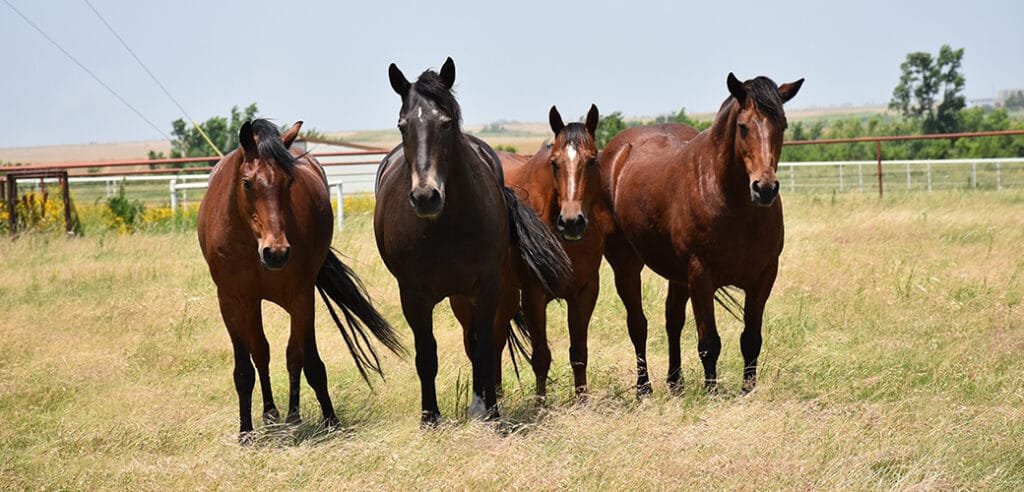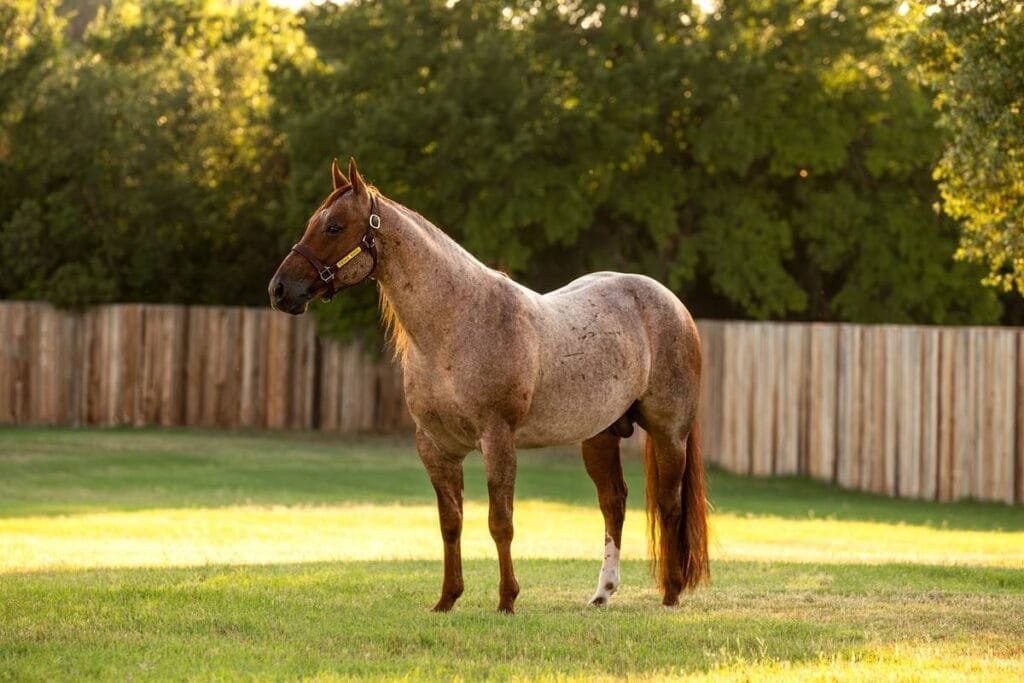Throughout history, horses have been more than mere animals—they’ve been warriors, workers, companions, and cultural symbols.
The development of horse breeds over centuries tells the story of human civilization itself, from ancient empires to remote mountain villages. Each breed carries the DNA of the environment it came from and the people who shaped it.
This article dives into the historical and cultural significance of various horse breeds, tracing their origins and how they’ve evolved to reflect the needs, values, and identities of the societies they served.
1. Arabian Horse: The Bedouin Treasure
Origin: Arabian Peninsula
Historical Role: Warhorse, trade companion, cultural symbol
Few breeds are as iconic or historically influential as the Arabian. Bred by the Bedouins in the harsh deserts of the Middle East, Arabians were treasured for their endurance, loyalty, and intelligence. These horses weren’t just work animals—they were family, often sharing tents with their owners and protected as living treasures.
Arabians became the foundation for many modern breeds, including the Thoroughbred, thanks to their stamina and refinement. They’ve also held deep spiritual and cultural significance, seen as divine gifts in Islamic culture and frequently appearing in poetry and legend.
2. Mongolian Horse: Steed of the Steppe Conquerors
Origin: Mongolia
Historical Role: Military, transportation, herding
The Mongolian horse played a central role in one of the largest empires the world has ever seen. Under Genghis Khan, these hardy, semi-wild horses helped fuel the Mongol conquests, carrying warriors across vast terrains with incredible endurance.
To this day, the breed remains largely unchanged. Mongolians still rely on their horses for travel, herding, and racing. Their cultural connection to the horse is profound; children often learn to ride before they can walk well, and horses feature heavily in traditional music, festivals, and spiritual beliefs.
3. Friesian: The Pride of the Netherlands
Origin: Friesland, Netherlands
Historical Role: Warhorse, carriage horse, status symbol
The Friesian horse, with its flowing mane and powerful, graceful movement, is more than just a pretty face. In medieval Europe, Friesians carried knights into battle and were later used to pull carriages for nobility.
Their striking appearance made them favorites for ceremonial uses and historical reenactments, and today they symbolize Dutch heritage and elegance. Despite near extinction at various points in history, Friesians have endured thanks to passionate breeders dedicated to preserving their legacy.
4. Mustang: Spirit of the American West
Origin: Descended from Spanish horses in the Americas
Historical Role: Wild horse, cowboy companion, icon of freedom
The Mustang is not a “breed” in the traditional sense, but its story is deeply woven into American history and identity. Descended from horses brought by Spanish conquistadors in the 16th century, Mustangs adapted and thrived in the wild, becoming symbols of resilience and freedom.
During the westward expansion, cowboys and ranchers captured and trained Mustangs for labor and transportation. Today, they are protected in certain regions, yet face ongoing challenges with population control and land management. Still, their role in shaping the American frontier and mythology remains undisputed.
5. Akhal-Teke: The Golden Horse of Turkmenistan
Origin: Turkmenistan
Historical Role: Endurance racing, royal horse, national symbol
Often called the “golden horse” due to its shimmering coat, the Akhal-Teke is one of the world’s oldest and rarest breeds. Bred by the Turkmen tribes, these horses were valued for their speed, toughness, and ability to survive in arid desert conditions.
More than just a practical steed, the Akhal-Teke became a national symbol of pride in Turkmenistan. They were used as gifts to visiting dignitaries and often appear in state ceremonies. Their elegance and rarity make them almost mythical, and their bloodlines are fiercely protected by modern breeders.
6. Icelandic Horse: Small Horse, Mighty History
Origin: Iceland
Historical Role: Transportation, farming, cultural identity
The Icelandic horse arrived with Viking settlers over 1,000 years ago and has remained genetically pure due to Iceland’s strict import laws. These sturdy, compact horses were essential for navigating the island’s rugged terrain and harsh weather.
They’re famous for their unique gaits—especially the tölt, a smooth, four-beat gait that allows riders to cover long distances comfortably. Culturally, the Icelandic horse is seen as a national treasure. From Norse mythology to modern-day sagas, this breed plays an enduring role in the identity of Iceland.
7. Andalusian: The Horse of Kings
Origin: Iberian Peninsula (Spain)
Historical Role: Warhorse, dressage, noble symbol
The Andalusian, also known as the Pure Spanish Horse, has long been associated with nobility, military prowess, and grace. In the Renaissance era, Andalusians were the preferred mounts of European royalty and the inspiration behind classical dressage.
Their proud, animated movement made them ideal for performance and parades, while their intelligence and bravery made them formidable on the battlefield. Today, Andalusians continue to be symbols of Spanish heritage, featured prominently in traditional festivals, art, and equestrian theater.
Why Breed Histories Still Matter Today
Understanding the history of horse breeds does more than satisfy curiosity—it offers insight into how horses and humans have co-evolved. These stories remind us that:
- Horse breeds reflect human priorities: From speed to strength to beauty, each breed was shaped by the cultural values and survival needs of its time.
- Preserving breeds is preserving heritage: Many traditional breeds face extinction today. By supporting their preservation, we protect not just genetics but the stories and societies behind them.
- Cultural connection enriches riding: Knowing the history behind your horse’s breed can deepen your appreciation, whether you ride for sport, leisure, or therapy.
Final Thoughts
Horses have galloped alongside us through wars, migrations, revolutions, and celebrations. Each breed represents a chapter in human history, from the sands of the Arabian desert to the icy mountains of Iceland.
In today’s globalized world, where horse breeds cross borders and serve multiple roles, understanding their roots gives us a richer perspective—not just on horses, but on ourselves.




